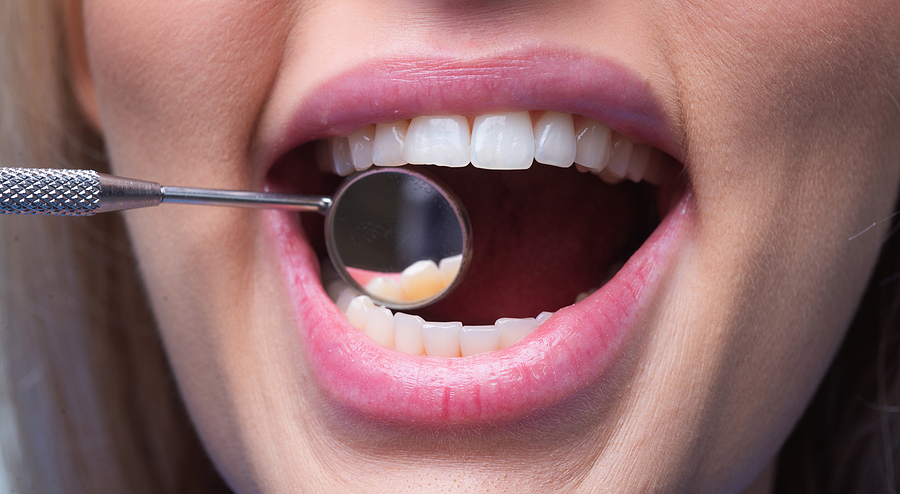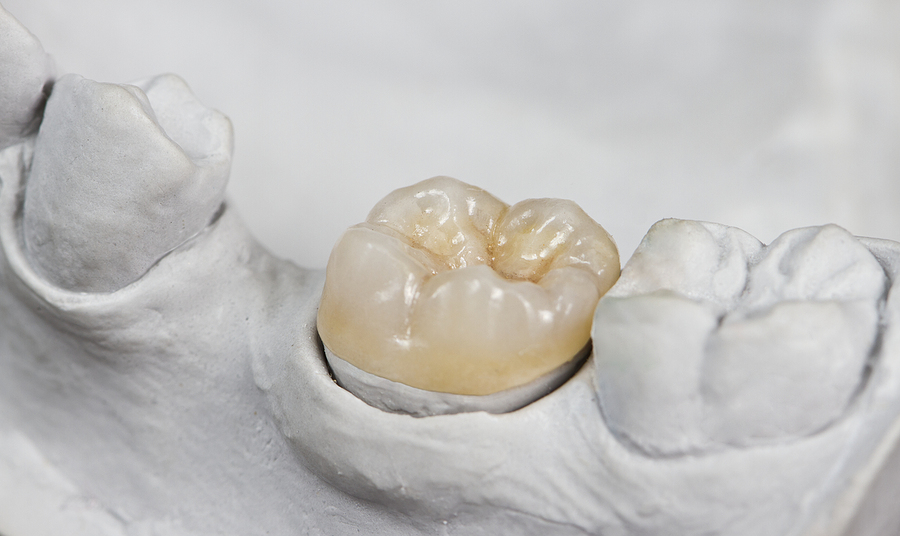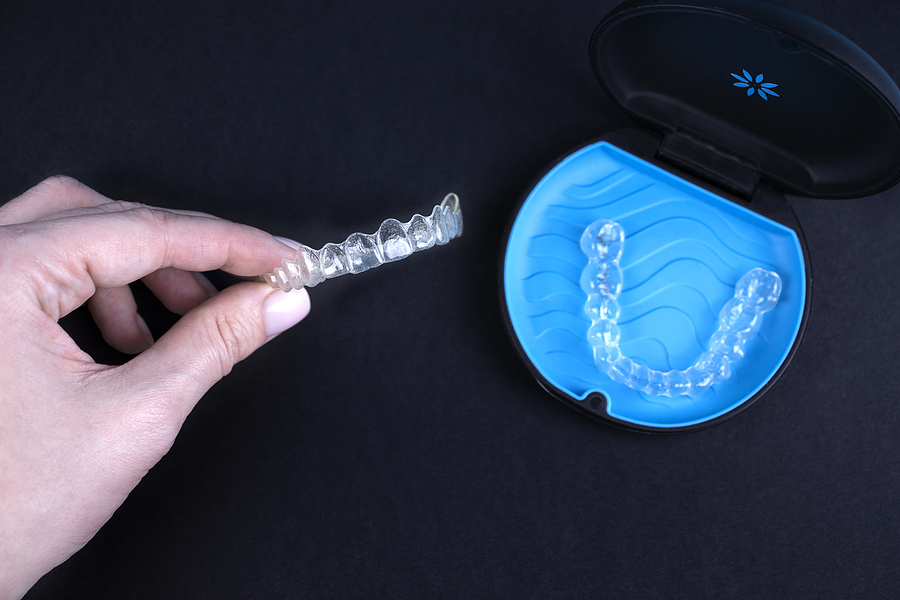Molars are the flat teeth located at the back of your mouth. Their purpose is to grind the food you eat into smaller and easily digestible bits. Because these teeth are hard-working and have depressions and grooves, this makes them susceptible to tooth decay.
That’s where dental sealants come in.
As the name suggests, a dental sealant is a plastic coating painted on top of the molars that seals the teeth preventing the development of cavities and decay, and protects the tooth enamel.
Read on to find out who needs dental sealants, how they are applied, and what their benefits are.
Who Needs Sealants?
Children, teenagers, and adults of all ages can all benefit from dental sealants. Kids between the ages of 6 and 14 benefit most from getting dental sealants as they are most likely to get dental cavities.
Experts say that sealants are also appropriate for baby teeth if the situation requires it and once the molars develop their signature grooves and depressions. It’s important to keep baby teeth healthy as they play a key role in determining the correct spacing for future teeth.
How Are Sealants Applied?
Applying dental sealants is a quick and pain-free process. The steps involved are as follows:
- The dentist will clean and dry your teeth before placing an acidic gel on the molars. The gel helps form a strong bond between your teeth and the dental sealant.
- After a few seconds, the dentist will clean off the gel and dry your teeth again before applying the sealant onto the depressions and grooves on the teeth.
- Lastly, the dentists will use a special blue light to help the sealant harden faster.
What Are the Benefits of Sealants?
The main benefits that dental sealants offer are:
- They can be applied in a few minutes and protect the teeth from cavities for a long time.
- They are affordable and a great solution for preventing long-term and costly issues caused by cavities.
- They are virtually invisible when you’re talking, smiling, or laughing.
- They protect children from developing cavities and from tooth decay.
To know more about dental sealants and their benefits, contact Silicon Valley Dental Care at (408) 224-1333, book an appointment online, or visit our office at 5595 Winfield Boulevard, Suite 210, San Jose, CA 95123.
Share On

The Process of Applying Dental Sealants: What to Expect
Are you looking for a simple way to protect your teeth from decay? Dental sealants might be the …

The Science Behind Root Canal Therapy: How It Saves Your Tooth
Imagine a world where toothaches are just a distant memory. This is what root canal therapy aims to …

The Ultimate Guide to Inlays and Onlays in San Jose, CA
Maintaining a healthy and beautiful smile is essential, and when it comes to restoring damaged teeth, dental inlays …

The Role of Dental Crowns in Restorative Dentistry: More Than Just a Cosmetic Fix
Dental crowns might not be the first thing that comes to mind when you think about oral health, …

Achieving a Straighter Smile with Invisalign in San Jose
A confident smile can make a lasting impression, but misaligned teeth often affect self-esteem and oral health. Traditional …
